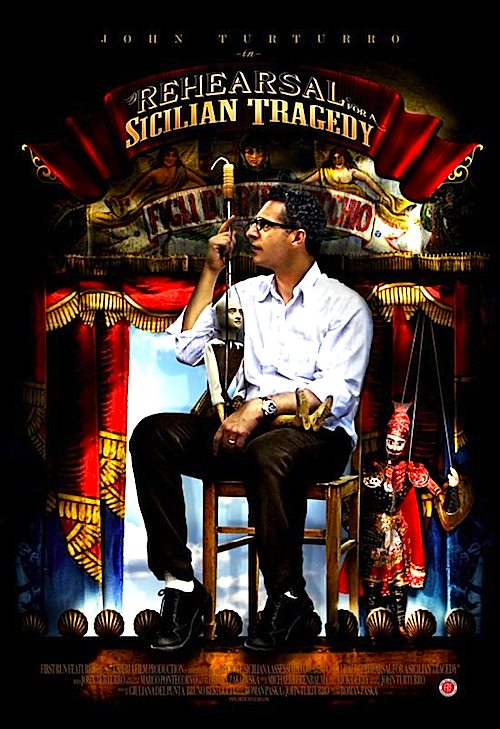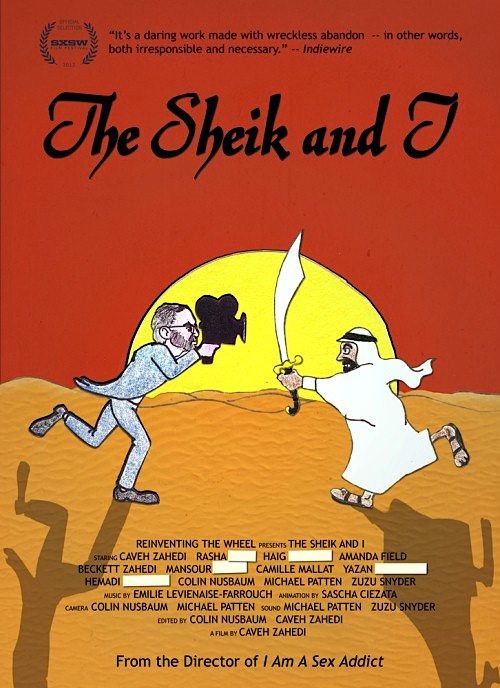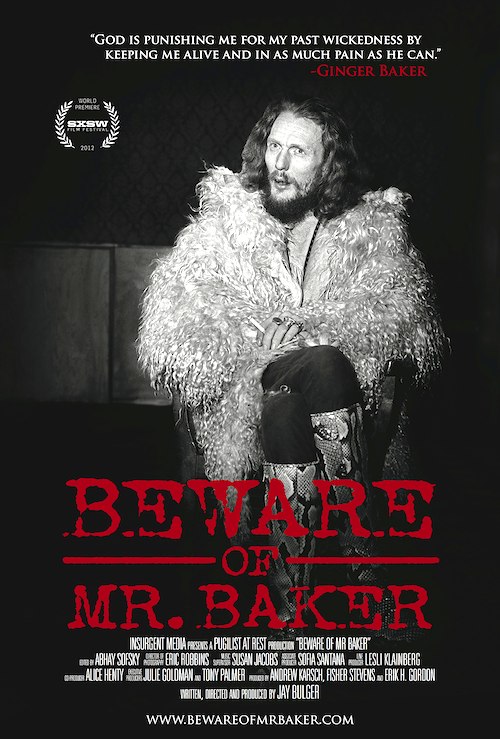By Joe Bendel. They know something about rivalry in Sicily. For years, Orlando and Rinaldo have both vied for the affections of Angelica in Sicily’s puppet theaters. It is a tradition that partly inspires Italian-American actor John Turturro’s return to his ancestral roots. Puppeteer-filmmaker Roman Paska documents Turturro’s combination sentimental journey and spec research tour in Rehearsal for a Sicilian Tragedy. Now available on DVD from First Run Features, Paska’s film also kicks off the Winter 2013 season of Stranger Than Fiction this coming Tuesday at the IFC Center.
The first generation Turturro has an understandable affinity with his family’s homeland. Off and on, he has developed a project about a traditional Sicilian puppeteer, finding a mentor in Mimmo Cuticchio, who is widely considered the greatest living practitioner of the art (and can also be seen in a straight acting role in the forthcoming Terraferma). While Turturro’s prospective film has yet to come to fruition, he will indeed collaborate with Cuticchio on a production of Orlando’s tragic story.
 Paska makes his wandering focus a virtue, leisurely alternating between Cuticchio’s Opera deo Pupi, Turturro’s emotional pilgrimage to sites of great family significance, dramatic readings, and talking head interviews on Sicilian culture. Not what you might call a tight film, it is rather pleasantly discursive. As a result, one gets an impressionist sense of the region’s rhythms and eccentricities instead of an information dump of names and dates.
Paska makes his wandering focus a virtue, leisurely alternating between Cuticchio’s Opera deo Pupi, Turturro’s emotional pilgrimage to sites of great family significance, dramatic readings, and talking head interviews on Sicilian culture. Not what you might call a tight film, it is rather pleasantly discursive. As a result, one gets an impressionist sense of the region’s rhythms and eccentricities instead of an information dump of names and dates.
Cuticchio and his pupi are ridiculously cinematic. Paska simply cannot miss when he has them in a scene. Likewise, Turturro comes across as a mostly likable, down to earth fellow, in touch with his familial legacy. Even scholar Gioacchino Lanza Tomasi looks interesting on camera, making some intriguing points on the shifting roles the Day of the Dead and Christmas have played in Sicilian culture.
Unhurried and disorganized in appropriately enjoyable ways, Rehearsal’s spirit fits its subjects. It offers considerable insights into art and tradition, capturing a few surprisingly touching moments along the way. Warmly recommended for fans of Italian cinema and puppetry, Rehearsal for a Sicilian Tragedy is now available on DVD and screens in New York this coming Tuesday (1/8) at the IFC Center, with both Turturro and Paska scheduled to participate in a Q&A.
LFM GRADE: B+
Posted on December 4th, 2012 at 12:41pm.






